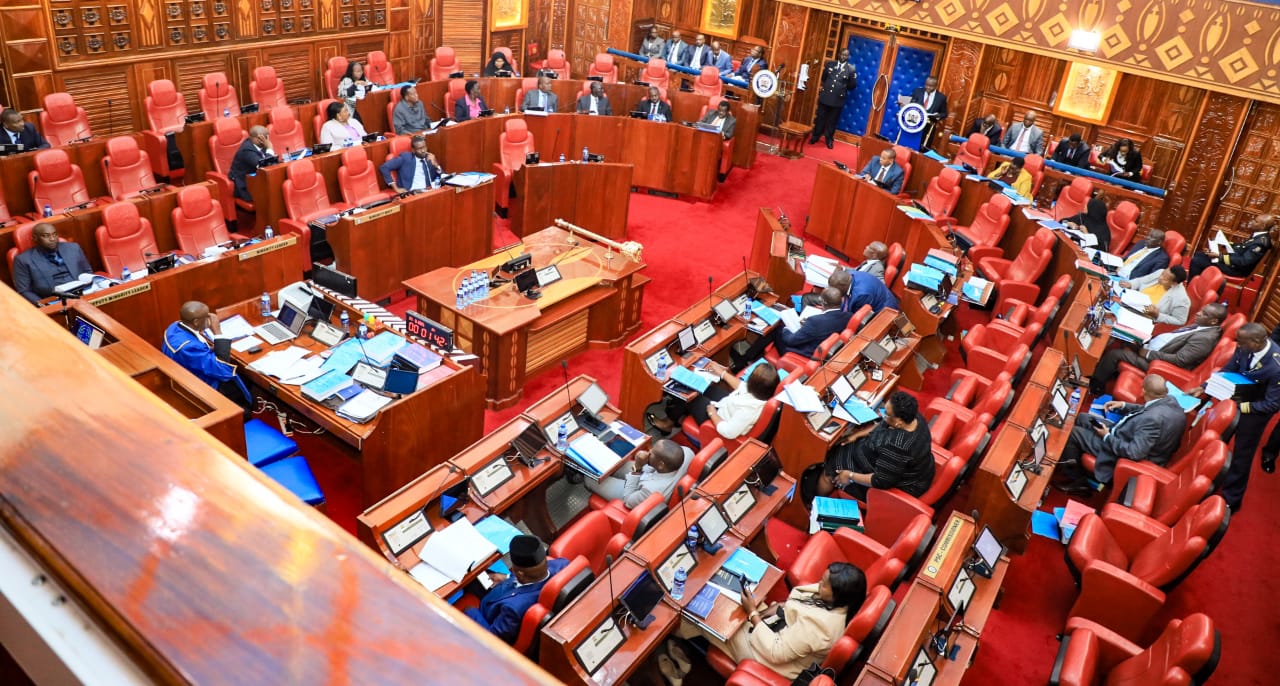Explainer: Steps to impeach a governor or deputy governor in Kenya

Article 181 sets out the grounds for removal, which include gross violation of the Constitution or any law, abuse of office or misconduct.
Impeachment of a county governor or deputy governor is a rare but important mechanism to ensure accountability in devolved government.
Since 2013, the Senate has handled 19 impeachment cases, with eight motions introduced in the last three years alone.
Recently, senators reviewed Kericho Governor Eric Mutai’s removal for the second time in under a year, following the dismissal of Isiolo Governor Abdi Guyo’s case on a technicality.
The process is guided by the Constitution of Kenya, the County Governments Act, and the Standing Orders of the County Assembly and the Senate.
Article 181 sets out the grounds for removal, which include gross violation of the Constitution or any law, abuse of office or misconduct, criminal acts under national or international law, and incapacity, physical or mental to perform official duties.
To start the process, a member of the County Assembly submits a written motion to the Clerk, detailing the allegations.
The motion must be supported by at least one-third of all members, with each member signing a verification form confirming their support.
Once approved by the Speaker, a seven-day notice is issued before the motion is placed on the Order Paper.
If the Assembly is not sitting, the Speaker can summon a special meeting to ensure the motion is considered.
During this period, the Clerk prepares a list of all Assembly members with space for signatures in support of the motion.
Any signature added cannot be withdrawn, ensuring the backing of members remains intact.
The Assembly then debates the motion, and if two-thirds of members vote in favor, the Speaker informs the Senate of the resolution within two days.
Once the Senate receives the resolution, it schedules a meeting to consider the charges. A special committee of 11 Senators may be appointed to investigate the allegations, reporting back within ten days.
The committee examines evidence and hears from the governor or deputy governor, who has the right to representation. If the committee finds no proof, the matter ends.
If evidence is found, the Senate proceeds to vote on the impeachment.
The vote is only valid after confirming the governor or deputy governor received a fair hearing under Article 50 of the Constitution.
If a majority of County Senators support the motion, the official is removed from office. If the motion is rejected, the Senate informs the County Assembly Speaker of the decision.
An impeached governor can challenge the Senate’s ruling through a judicial review in the High Court. Meanwhile, Members of County Assemblies wishing to bring a new motion against an official who has been acquitted must wait six months before introducing it again.
